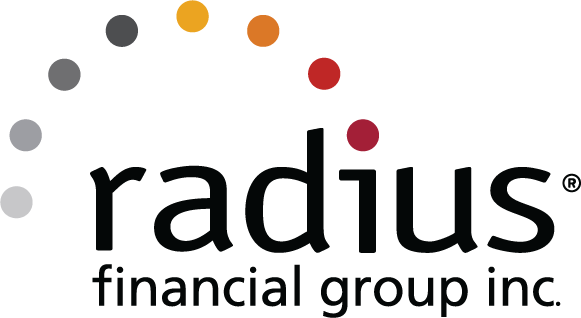The Federal Reserve plays an indirect, yet influential role in mortgage rates across the country. During times of crisis, the Fed employs a handful of tactics to boost the economy. If the tactics prove successful, they could be good news for you as a current or prospective homebuyer.
Federal Funds Rate vs. Mortgage Interest Rates
The Federal Funds Rate is the short-term interest rate at which U.S. financial institutions lend one another money overnight in order to meet mandated reserve levels. That rate is tied to the prime interest rate that lenders charge preferred customers. Prime rates are in turn tied to variable interest rates. When the federal funds rate falls, it typically results in lower interest rates on products with variable interest like credit cards and adjustable-rate mortgages.
Mortgage interest rates are the interest charged on a mortgage that must be paid on top of the principal. Lower interest rates mean lower monthly mortgage payments.
How the Fed Influences Monetary Policy
The Federal Reserve aims to keep the economy steady by influencing the availability and cost of money and credit. The Fed doesn’t directly set the federal funds rate, but it does set a target rate and work to guide the rate in the direction of that target.
Setting a target for the federal funds rate is just one of a handful of ways the Fed influences monetary policy. Others are quantitative easing and open market operations. By slashing the target rate, the Fed hopes to make borrowing and spending more appealing, while discouraging saving, thereby moving more cash into circulation and (hopefully) boosting the economy.
The Historical Context of This Rate Drop
On March 15, the Federal Open Market Committee dropped the target range for the federal funds rate to 0-0.25 percent, a full percentage point drop from less than two weeks prior when the rate had been lowered to 1-1.25 percent. The last time the federal funds rate was at 0-0.25 percent was in 2008 due to the financial crisis—and that rate remained through the end of December 2015 before it began to increase.
Regarding the current rate drop, the Committee said they expect this target range to remain in place until they are “confident that the economy has weathered recent events.”
How the Federal Funds Rate Affects Mortgage Rates
The Federal Reserve and the federal funds rate do not directly change mortgage rates, but both play roles in whether mortgage interest rates rise or fall.
Fixed-rate mortgages aren’t as affected by the funds rate as credit cards and adjustable-rate mortgages are. Fixed-rate mortgages are normally more affected by the yields of U.S. Treasury notes and bonds. Treasury notes and bonds are sold by the U.S. government, accumulate interest, and can be held until maturity or sold in secondary markets.
The reason the interest rates of government notes and bonds tend to rise and fall in line with mortgage interest rates is because both are competing for similar investors. When rates on bonds and notes increase, banks are able to raise interest rates on mortgages. All of these rates are tied to a general perception of whether the economy is headed for a slowdown. The current climate has contributed to record low mortgage interest rates.
What the Rate Change Means for You
Although there have been some fluctuations, mortgage rates have generally been on a steady decline throughout the early spring. If you own a home, it might make sense to look into refinancing your mortgage and potentially saving yourself a substantial amount of money. Refinancing applications are rolling in at the moment. If you are thinking of refinancing, start the process today so that you are ready to lock in anytime.
Start Securing a Low Mortgage Rate
If you’re a prospective homebuyer, historically low mortgage rates mean you have purchase power like never before. With lower interest rates, monthly payments on a mortgage are more affordable than ever. To find out more about the first steps to homeownership, connect with a radius loan officer.


